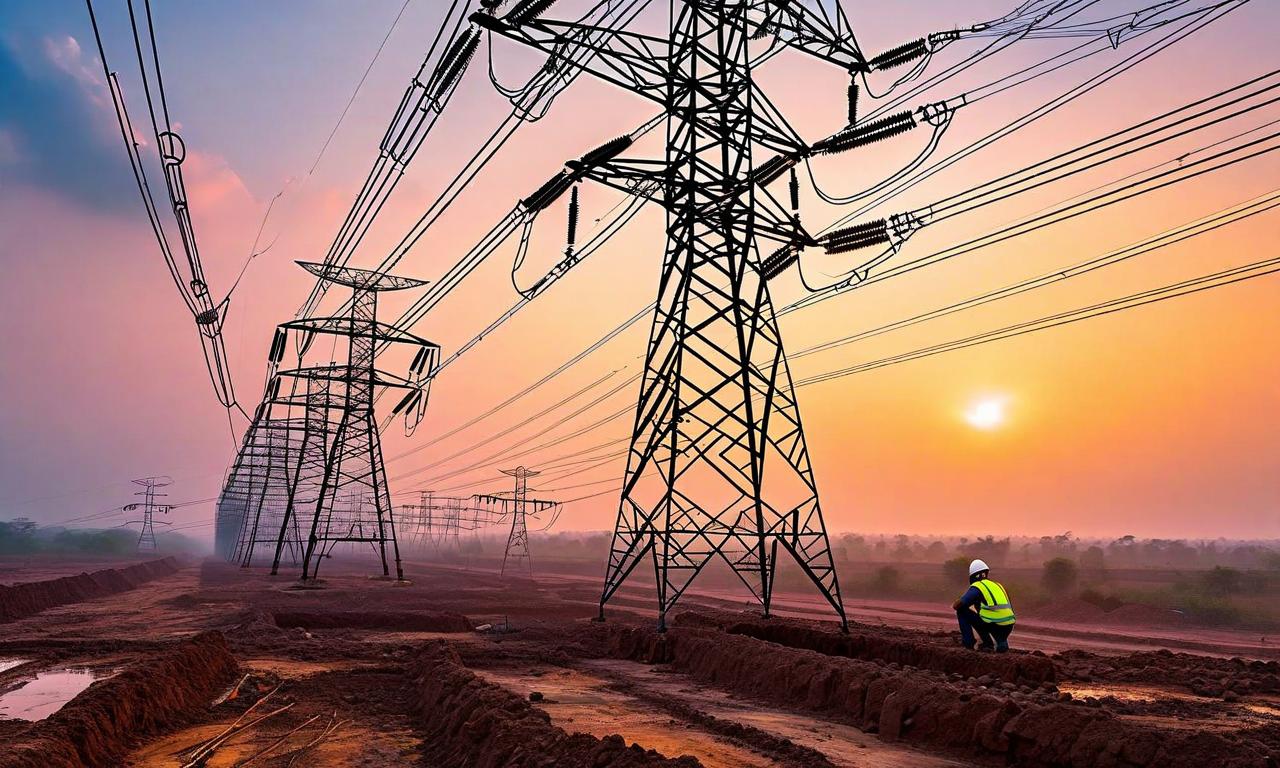OPEC Maintains 2026 Oil Demand Outlook, Adjusts 2025 Forecast Upward
OPEC has kept its global oil demand growth forecast for 2026 steady at 1.38 million barrels per day (bpd), with OPEC+ crude demand projected at 43.1 million bpd. For 2025, the forecast has been slightly increased to 1.30 million bpd. OPEC's September crude oil output averaged 43.05 million bpd, a 630,000 bpd increase from August following an OPEC+ decision to boost production.

*this image is generated using AI for illustrative purposes only.
The Organization of the Petroleum Exporting Countries (OPEC) has released its latest projections for global oil demand, maintaining its forecast for 2026 while slightly increasing the outlook for 2025.
Key Projections
| Year | Global Oil Demand Growth | OPEC+ Crude Demand |
|---|---|---|
| 2026 | 1.38 million bpd | 43.1 million bpd |
| 2025 | 1.30 million bpd | Not specified |
OPEC has kept its global oil demand growth forecast for 2026 steady at 1.38 million barrels per day (bpd). The organization also projects that the global demand for OPEC+ crude will remain unchanged at 43.1 million bpd in 2026, consistent with the previous month's forecast.
For 2025, OPEC has made a slight upward revision to its global oil demand growth projection. The forecast now stands at 1.30 million bpd, a marginal increase from the previous estimate of 1.29 million bpd.
Recent Production Data
OPEC reported that its crude oil output for September averaged 43.05 million bpd. This represents a significant increase of 630,000 bpd compared to August, following an OPEC+ decision to boost production.
Market Implications
The steady forecast for 2026 and the slight upward revision for 2025 suggest OPEC's cautious optimism about oil demand growth in the medium term. These projections are crucial for global energy markets and economic planning, as they influence oil production strategies and investment decisions in the energy sector.
The increase in September's crude oil output indicates OPEC+'s responsiveness to market conditions and its ability to adjust production levels to meet perceived demand changes. This flexibility is essential in maintaining balance in the global oil market.
As the energy landscape continues to evolve, with factors such as renewable energy adoption and global economic conditions playing significant roles, OPEC's forecasts and production decisions will remain key indicators for the oil industry and global economy at large.





























